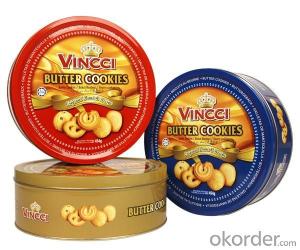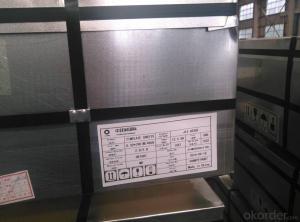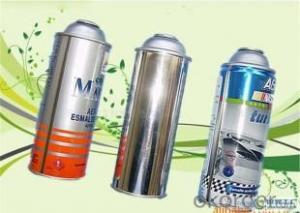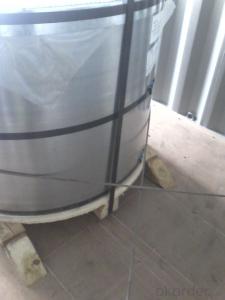Prime Tinplate For Aerosol Cans, Dome & Cone, MR
- Loading Port:
- Tianjin
- Payment Terms:
- TT OR LC
- Min Order Qty:
- 25 m.t.
- Supply Capability:
- 50000 m.t./month
OKorder Service Pledge
OKorder Financial Service
You Might Also Like
1.Usage
Tinplate is widely used for making all types of containers, containing industrial usage such as paint can, oil can, aerosol cans etc., and food cans like milk powder cans, tomato paste can, dry food cans etc.
2. Quality
As a state owned company and a large tinplate supplier in China, our tinplate quality ranks 1st level in China, similar to Bao Steel, Posco etc.
3. Tinplate Specification
standard: GB/T2520, JIS G3303, DIN EN10202
Material: MR /SPCC
Thickness available: 0.16-0.50MM
Width available: 600~1050MM
Temper grade: T1 – DR8
Tin coating: ordinary 2.8g/2.8g, 5.6g/5.6g and others
Package: sea worthy export package.
Applications: Tin can for chemicals & paint cans, industrial cans, food cans
4.our production equipments
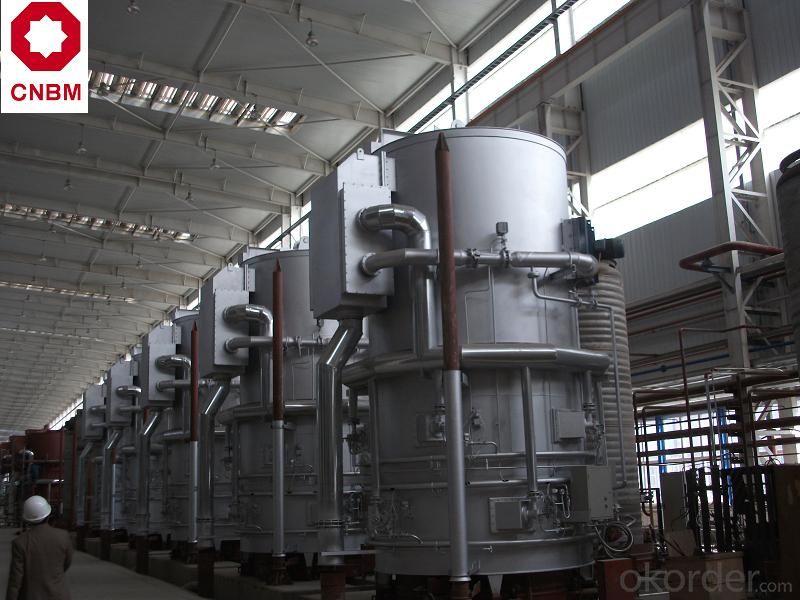
5. Our export market
now our tinplate has been sold to more than 30 countries, including Europe countries, Gulf Area, South American, South Afric etc.
6. Our overseas markets:
Furthermore, in the year 2014, we have more than 10 overseas warehouses all over the word, located in KSA, UAE, Oman, Russia, Kuwait, Qatar, Oman, Chile, Brazil etc.
7. FAQ
a. what's the annual output?
about 500,000 tons per year.
b. where's the raw matrial from?
our hot rolled coil is purchased from Capital Steel and other state owned mill, with quite good quality.
c. how long is the delivery time?
normally for SPCC about 45~55 days, while 65~75 days for MR material
d. how to control the quality during production process?
inside our workshop, we have MES syestem. It realizes the optimization of the production procedure in the workshop. It could record each step of the whole production procedures, and if some problem appears, factory could easily found and take action, it’s quite helpful to monitor and control the quality.
- Q: What are the chemical resistance properties of tinplate?
- Tinplate exhibits excellent chemical resistance properties, as it is not easily corroded or affected by various chemicals. Its protective tin coating provides a barrier against substances that could potentially cause damage. However, prolonged exposure to highly acidic or alkaline solutions may lead to some degradation of the tin coating and potential reaction with the underlying steel substrate.
- Q: How does tinplate withstand corrosion?
- Tinplate withstands corrosion due to the presence of a thin layer of tin coating on its surface. This tin layer acts as a barrier, preventing direct contact between the tinplate and the surrounding environment, thus protecting it from rust and corrosion.
- Q: What are the main factors influencing the price of tinplate?
- There are several main factors that influence the price of tinplate. Firstly, the cost of raw materials such as tin and steel, which can fluctuate based on supply and demand dynamics, can have a significant impact on tinplate prices. Additionally, changes in labor costs, energy prices, and transportation expenses can also affect the overall price of tinplate. Furthermore, market conditions, including global economic trends, geopolitical factors, and trade policies, can influence the demand and pricing of tinplate. Lastly, technological advancements and innovations in tinplate manufacturing processes can impact production costs and subsequently affect the price of tinplate.
- Q: How is tinplate priced?
- Tinplate is typically priced based on various factors including market demand, production costs, and quality of the tin coating. Additionally, market fluctuations and trade policies can also affect the pricing of tinplate.
- Q: What are the common sizes of tinplate sheets?
- The common sizes of tinplate sheets vary, but some standard sizes include 4x8 feet, 4x10 feet, and 5x10 feet. However, tinplate sheets can also be custom-cut to specific dimensions as per the requirements of the project.
- Q: How does tinplate packaging affect the shelf life of products?
- Tinplate packaging can significantly extend the shelf life of products. Tinplate is a durable and corrosion-resistant material that provides an effective barrier against moisture, oxygen, and light. This protective layer helps to prevent spoilage, maintain product quality, and prolong the freshness of food and other perishable items. Additionally, tinplate packaging offers enhanced protection against external contaminants, such as bacteria, ensuring the safety and integrity of the product throughout its shelf life.
- Q: How does tinplate contribute to the attractiveness of cosmetic packaging?
- Tinplate contributes to the attractiveness of cosmetic packaging by providing a sleek and shiny appearance that enhances the overall visual appeal. Its smooth surface allows for high-quality printing and intricate designs, making it ideal for showcasing brand logos, product information, and appealing graphics. The durability of tinplate also ensures that the packaging maintains its attractive appearance throughout its lifespan, adding value and desirability to cosmetic products.
- Q: Can tinplate packaging be used for aerosol products?
- Yes, tinplate packaging can be used for aerosol products. Tinplate is a commonly used material for producing aerosol cans due to its strength, durability, and resistance to corrosion. It provides an efficient barrier against moisture and oxygen, which helps to maintain the quality and shelf life of the aerosol product inside. Additionally, tinplate packaging is easily recyclable, making it an environmentally friendly choice for aerosol products.
- Q: Can tinplate be used for packaging of non-food products?
- Yes, tinplate can be used for packaging of non-food products. Tinplate is a versatile material that offers several advantages such as durability, corrosion resistance, and recyclability, making it suitable for packaging various non-food items such as cosmetics, electronics, chemicals, and more.
- Q: What are the transportation considerations for tinplate?
- Some transportation considerations for tinplate include ensuring proper packaging and securing of the product to prevent damage during transit, choosing appropriate modes of transportation based on distance and cost efficiency, and complying with any regulations or restrictions related to the transportation of tinplate. Additionally, considering environmental factors and opting for sustainable transportation options can also be a consideration for tinplate transportation.
Send your message to us
Prime Tinplate For Aerosol Cans, Dome & Cone, MR
- Loading Port:
- Tianjin
- Payment Terms:
- TT OR LC
- Min Order Qty:
- 25 m.t.
- Supply Capability:
- 50000 m.t./month
OKorder Service Pledge
OKorder Financial Service
Similar products
Hot products
Hot Searches
Related keywords
